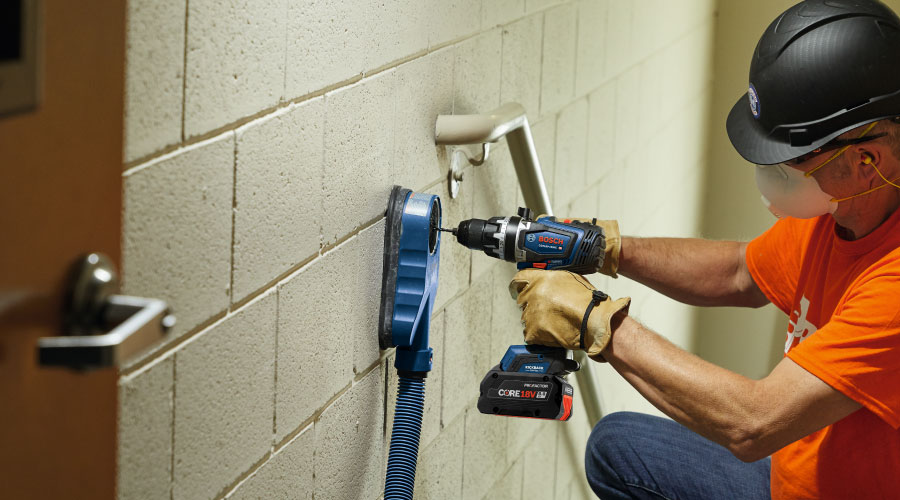What is the Value of Reliable Power?
Everyone knows mission-critical facilities have outsized power quality and reliability requirements. But our world is becoming more power hungry, increasingly digitalized and threatened by the prospect of even momentary grid failure. It's therefore sensible that facility managers examine lessons learned from mission-critical facility planners when addressing power reliability for other parts of the organization.
Even for facilities without mission-critical status, loss of power has serious ramifications, particularly at a time when brand loyalty among consumers is eroding. When power reliability problems cause customers to go elsewhere, a temporary outage can cause a permanent shift in clienteles' purchasing decisions.
Increasingly, all kinds of organizations are requiring what Mark Cavallaro, principal of Current Solutions, calls "premium power" — a combination of power quality and reliability.
"In an era of both increasing power outages and rising demand for premium power, many businesses may install [back-up] units to protect against the risk and cost of power outages," he says.
The bottom line, in the case of power reliability, is that facility managers have to measure both the direct and indirect costs of outages. By assessing the effects of an outage, planning for additional reliability, and then making the case with an organization's executives, facility managers can minimize revenue loss.
What Are the Ramifications?
Facility managers often have a difficult time quantifying the value of power reliability — and for good reason. The extent of problems incurred by outages depends on business requirements and organizational mission.
"I think that higher reliability in non-mission-critical facilities is driven mostly by a desire to ensure profitability and provide quality services in a very tough market," says Mark Hoskins, electrical engineering manager at Cogdell Spencer Erdman. "Of course it depends upon the nature of the business and the operations within the facility, but the facility manager must address and analyze the impacts of reliability as it relates to safety, information systems and business results."
Irrespective of an organization's choice for backup power, the value of having a backup system should be estimated. To that end, the Environmental Protection Agency's Combined Heat and Power initiative offers an approach to estimate the value of reliability. Power outages or service interruptions can impose direct costs on customers in many ways:
- Damaged equipment (think of the effects that surges, swells, spikes and sudden outages can have on sensitive equipment).
- Spoiled or off-spec product (think of any institution or business that has to freeze or refrigerate food, insulin or other temperature-sensitive products).
- Loss of computerized documents, artwork and other intellectual property.
- Extra maintenance costs.
- Cost for replacement or repair of failed components.
- Loss of revenue due to downtime that cannot be made up.
- Costs for idle labor.
- Liability for safety/health.
According to EPA, some customers can determine the direct costs of outages by reviewing recent outage history and estimating an annualized cost of outages to their operations. One approach is to quantify the direct cost impacts of momentary outages (less than 10 seconds) on either a dollars-per-incident or dollars-per-minute basis. Estimates of typical annual values for the number of momentary outages and total time of extended outages can be determined by reviewing utility bills or facility records.
Estimating is Tricky
Experience shows that developing cost estimates can be difficult. "In some cases a cost analysis can be accomplished," Hoskins says. "In others, it may be a bit subjective and require input from business owners and building occupants to properly address. Additional reliability costs must be weighed against potential losses due to power unreliability."
Backup Systems Require Vigilance
Let's say Katrina scared your organization into purchasing backup power supplies. Or the 2003 blackout in the Northeastern United States convinced executives to take a closer look at power reliability.
They did the right thing: They invested in a backup system.
Facility managers can't simply rest assured a diesel generator will fire up when the lights go out. Or that a UPS system is ready to go at a moment's notice. Like all other mechanical things, backup power systems require vigilance and regular maintenance to operate on demand and at peak potential.
Even though code requires testing of backup power systems, not every organization abides by code. And between testing cycles, the batteries that provide uninterrupted power until the generator starts, can die.
Recent code changes also require some organizations to keep enough fuel on hand to run a genset for 72 hours. For an organization like a hospital, that can be an enormous amount of fuel. But filling the generator tanks isn't enough, warns Bhavesh Patel, marketing director for Emerson's ASCO division. Without additives, fuel degrades to the point of being unusable, which requires draining the tanks and refilling them with fresh fuel.
Despite the hardships of backup system maintenance, guaranteeing power reliability is about maintaining an organization's mission profile, ensuring life-safety, and promising profitability, even when the rest of the neighborhood goes dark.
— Loren Snyder |
Related Topics:













